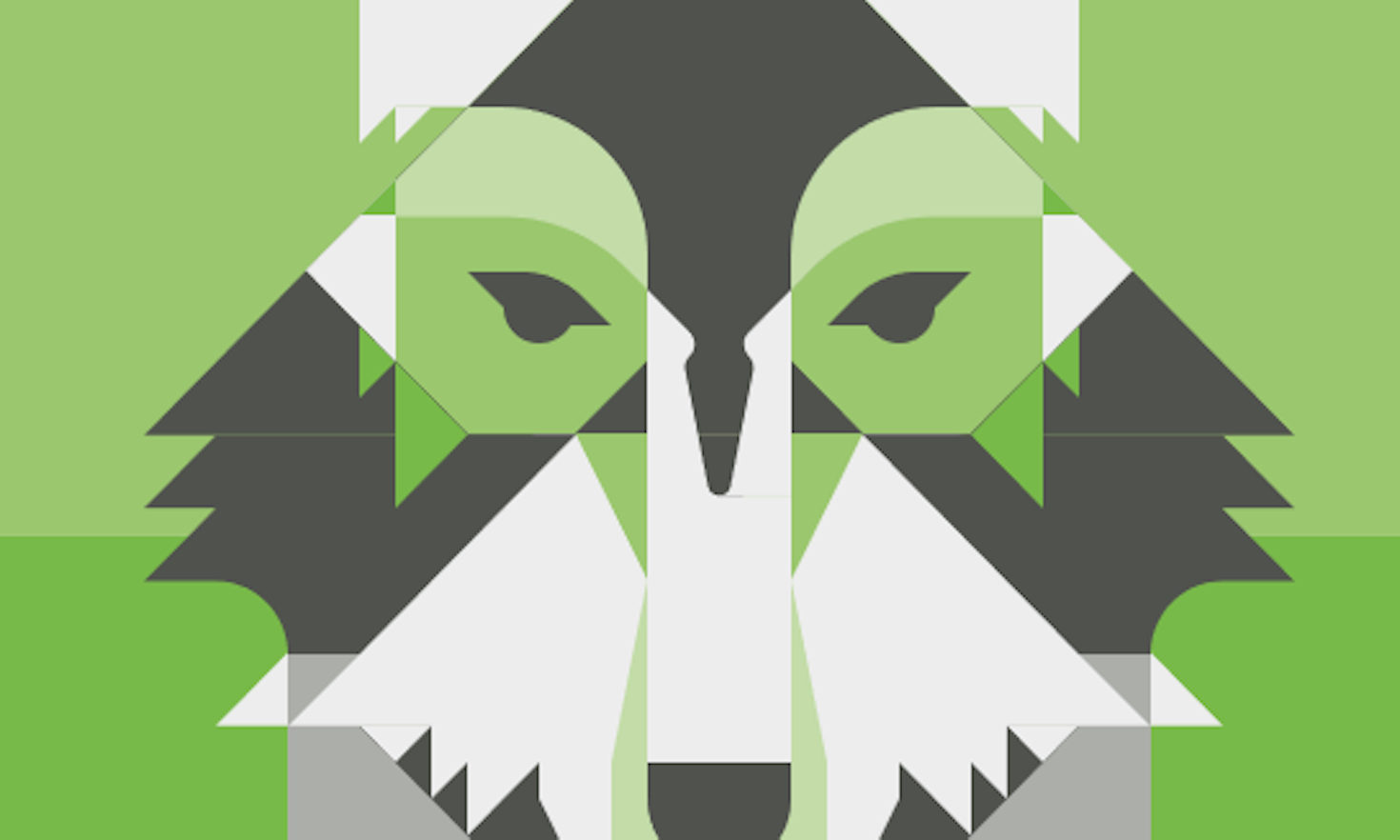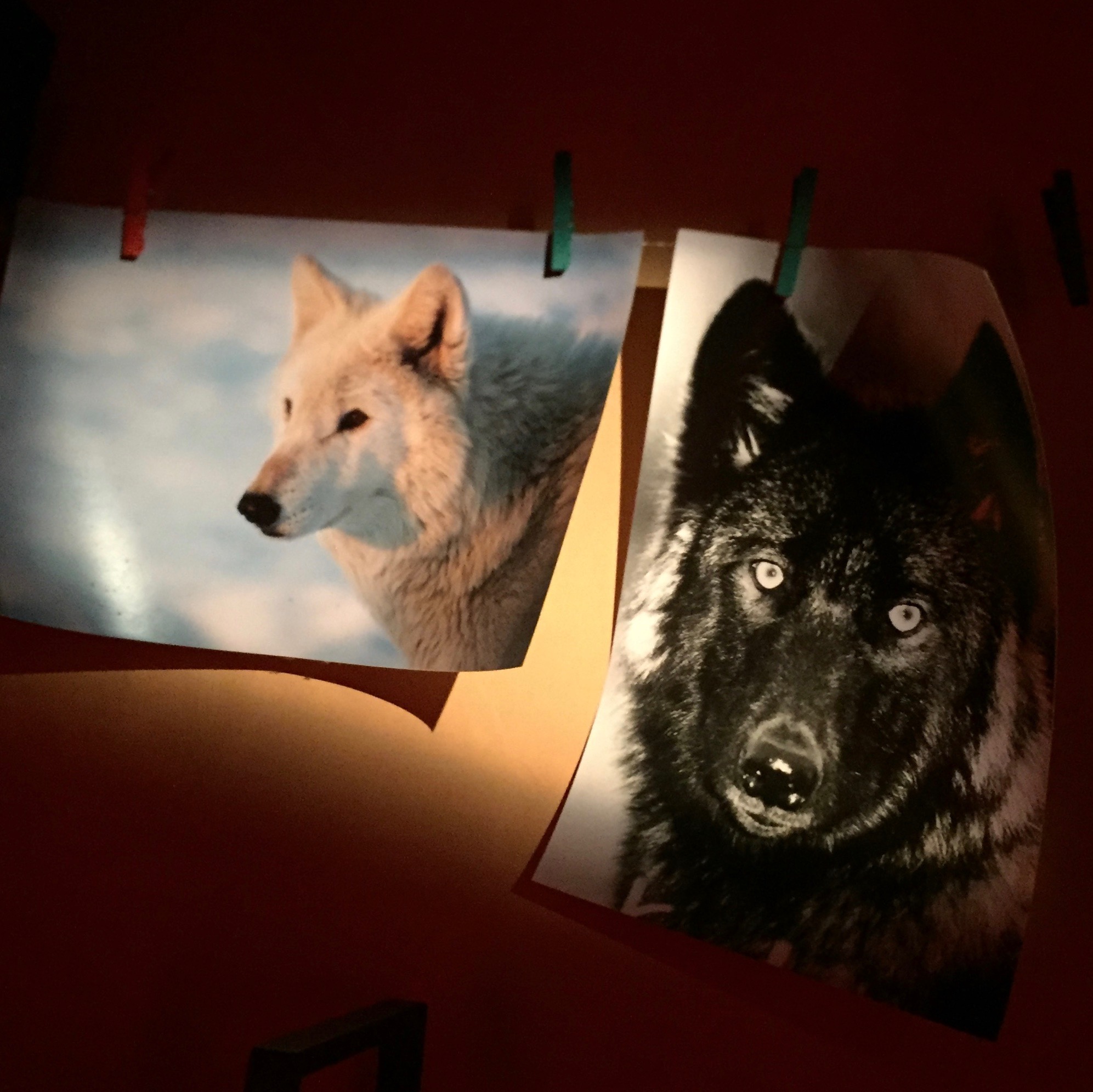What do people think about the return of the wolf to South Tyrol? A case study

The situation
In 2010, after more than 120 years of absence, the first wolf, denominated M24, returned to South Tyrol. This province in the northern part of Italy is characterized by a traditional land use, where livestock farming on alpine pastures is a key activity to maintain the typical landscape image. South Tyrol is a province where tourism is one of the main drivers for the economy. The local tourist sector presents South Tyrol as a secure destination to spend leisure time in the mountains, promoting the traditional landscape attractiveness.
Starting with 2010, the number of wolves and related damages slowly increased over the years.
Livestock losses due to wolf predation is a new conflict in this area, challenging farmers in their traditional husbandry systems with animals grazing free during the summer months. At the same time, the tourist sector fears a decline in sales figures because of the presence of this large carnivore in the province.
This situation is causing emotional responses and strong debates on the need for management measures to protect human health and activities. However, this discussion often lack on objective presentation. To date, no investigation has been conducted to provide reliable data about the general knowledge and attitude of South Tyrolean residents towards the return of the wolf to their province.

Credit: Andrea Omizzolo
The survey
In 2018, Eurac Research carried out a first survey on the attitude of residents to close this gap of knowledge and to provide an initial overview of the different opinions within the local society.
Targeted groups were the residents of the Province of Bolzano, tourists and local stakeholders, including livestock breeders, hunters and people from the tourist sector. Online questionnaires and face-to-face interviews were the applied methods to collect data.
The results
The survey was able to highlight clear differences between the three target groups.
The majority of the residents and tourists have a positive or neutral attitude towards the wolf and are very much interested in getting more information about this species. Tourists are also open to participate in activities related to the presence of the wolf. In contrast, residents are still skeptical about ecotourism and doubt that the return of the wolf can stimulate new initiatives in this sector. Another key result is the preference within both groups for the implementation of preventive measures to deal with so-called “problematic” wolves. Tourists also clearly stated that fences, herding dogs, and even a change in the traditional landscape would not disturb them.
However, one answer does not automatically apply to all residents.
Factors as the place of residence, the individual districts in the province and the education level clearly influence and provoke responses. A key factor is the knowledge about the wolf. A high knowledge level of the biology of the wolf has a positive effect on the attitude and the willingness to accept the carnivore. Another key factor is the affiliation to a certain social group. Stakeholder groups clearly distinguish themselves from the large public.
The main problem for the local stakeholder groups is the negative impact on the traditional mountain activities on alpine pastures. For the majority of South Tyrol’s livestock farmers this activity is a sideline, a passion. They claim that the return of the wolf would demand an excessive burden they cannot handle and feel forced to give up. Hunters have jointed sides with livestock farmers and subordinate their own potential problems with the large carnivore to the farmer’s challenges. The tourist sector also supports the livestock farmer, fearing a loss of landscape attractiveness and declining tourist numbers.
Especially livestock farmers complain about the missing respect and support for their work in maintaining the traditional landscape from the so called “city people”. The persons interviewed always talk about the gap between “them” and “us”. About “them” who are not aware of the challenges when working with nature. “Them” who want to dictate the farmers what to do.
Most of the farmers and people from the tourist sector do not feel prepared to deal with this new situation: to protect their possessions, to handle questions from tourist, to imagine tourism and alpine farming coexisting with preventive measures. Preventive measures, although being viewed with skepticism and a negative connotation, half of the interviewed farmers would be open to use, if they would work effectively.
Profound findings
The influence of socioeconomic factors triggering negative responses is a fact that is obvious and immediately understandable.
However, what might be even more interesting is that the ongoing discussions seems to be more about a deeper social conflict. Apparently, the thematic of the wolf can trigger this often hardly noticeable conflict. More than anything else, it is a question about tradition against modernization (pasture management), self-determination against international directives, urban against rural areas, between people apparently more connected to nature against persons decoupled from their natural surroundings. The return of the wolf has, from this perspective, not just a biological and ecological dimension, but also a social and allegorical meaning.
What could be done next?
Apart from general information about the wolf and its distribution, there is a clear call to inform about other peoples situation, to create a better understanding for their point of view. This mutual exchange could be one key step to path the way for integrative management activities concerning the wolf and bring together different actors.
Besides the possibility to reduce social conflicts, pulling together in the same direction can also lay the ground to treat the wolf for what it is: a wild animal, whose natural return we have to accept and find a way to coexist.
Author: Stauder Julia
The full report and the corresponding appendix is accessible under the following links:
German:
http://webfolder.eurac.edu/EURAC/Publications/Institutes/mount/regdev/Report_Wolf_BZ_DE.pdf
http://webfolder.eurac.edu/EURAC/Publications/Institutes/mount/regdev/Appendix_Wolf_BZ_DE.pdf
Italian:
http://webfolder.eurac.edu/EURAC/Publications/Institutes/mount/regdev/Report_Lupo_BZ_IT.pdf
http://webfolder.eurac.edu/EURAC/Publications/Institutes/mount/regdev/Appendix_Lupo_BZ_IT.pdf
Other useful links:
http://www.provinz.bz.it/land-forstwirtschaft/fauna-jagd-fischerei/fauna/wolf-in-suedtirol.asp
Citation
This content is licensed under a Creative Commons Attribution 4.0 International license except for third-party materials or where otherwise noted.

Integration und soziale Landwirtschaft: Ein Beispiel aus Südtirol wie es funktionieren könnte

SALEWA Garten – Soziale, innovative Form der Integration von Flüchtlingen in Südtirol


